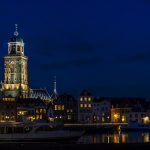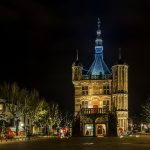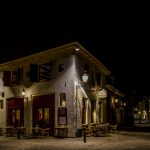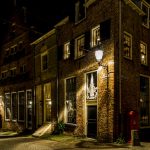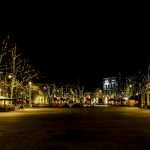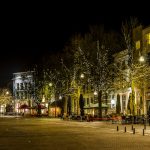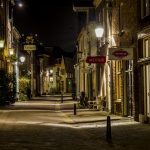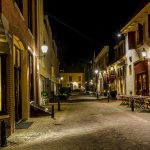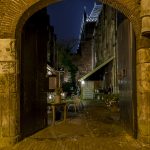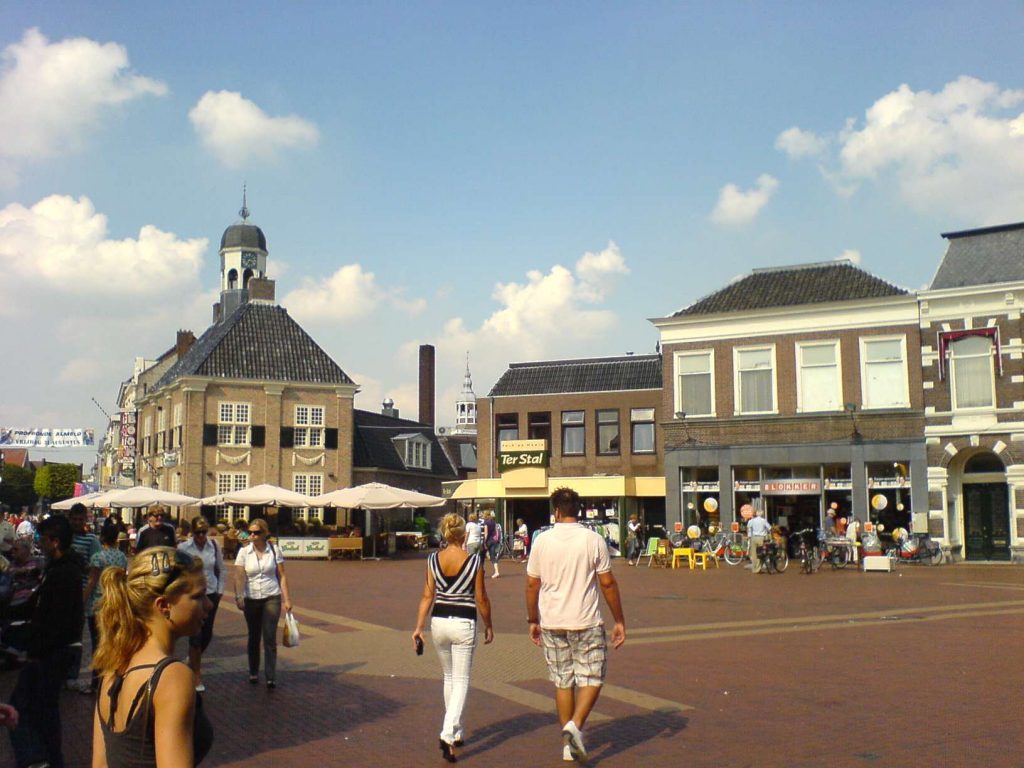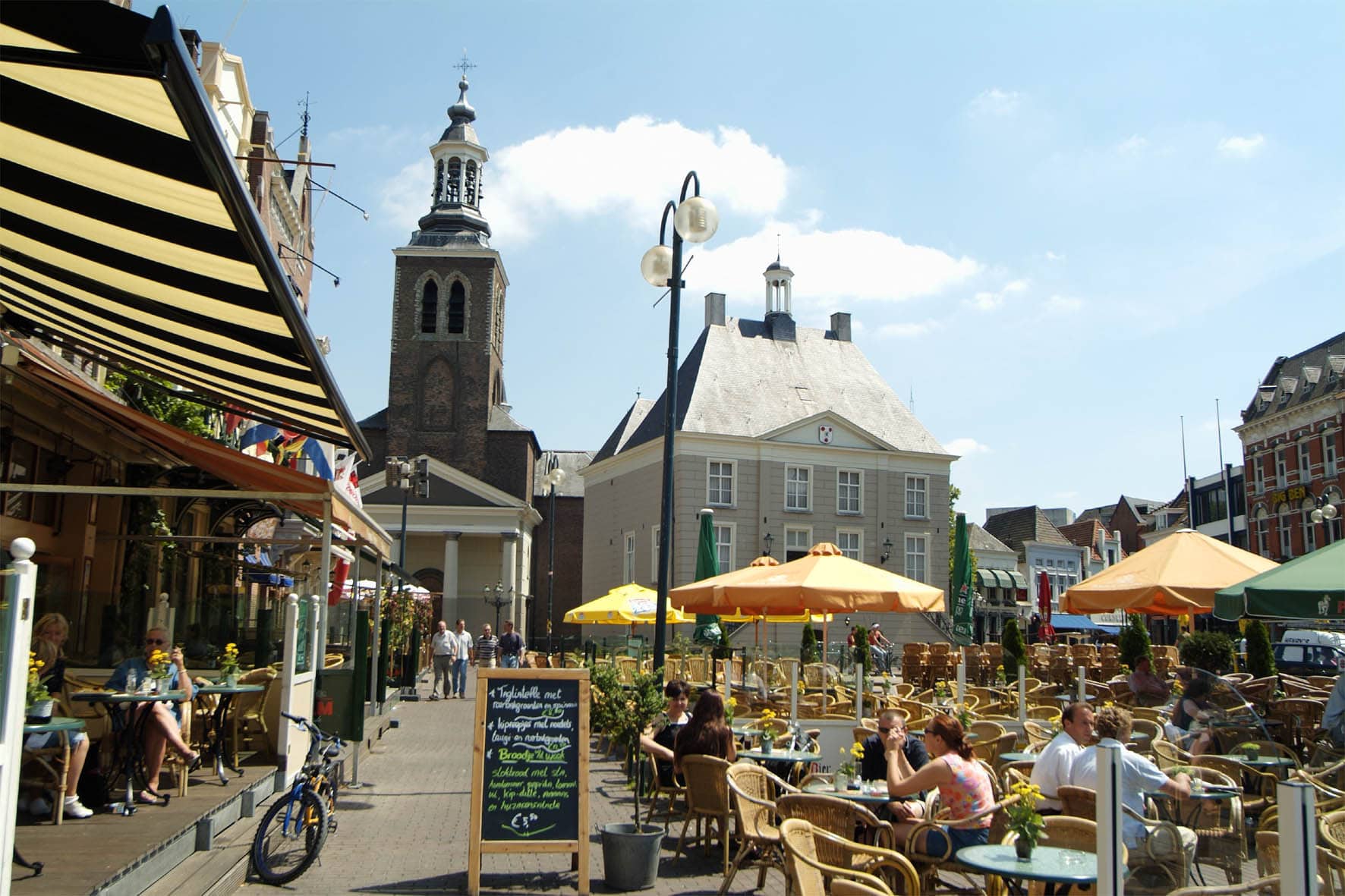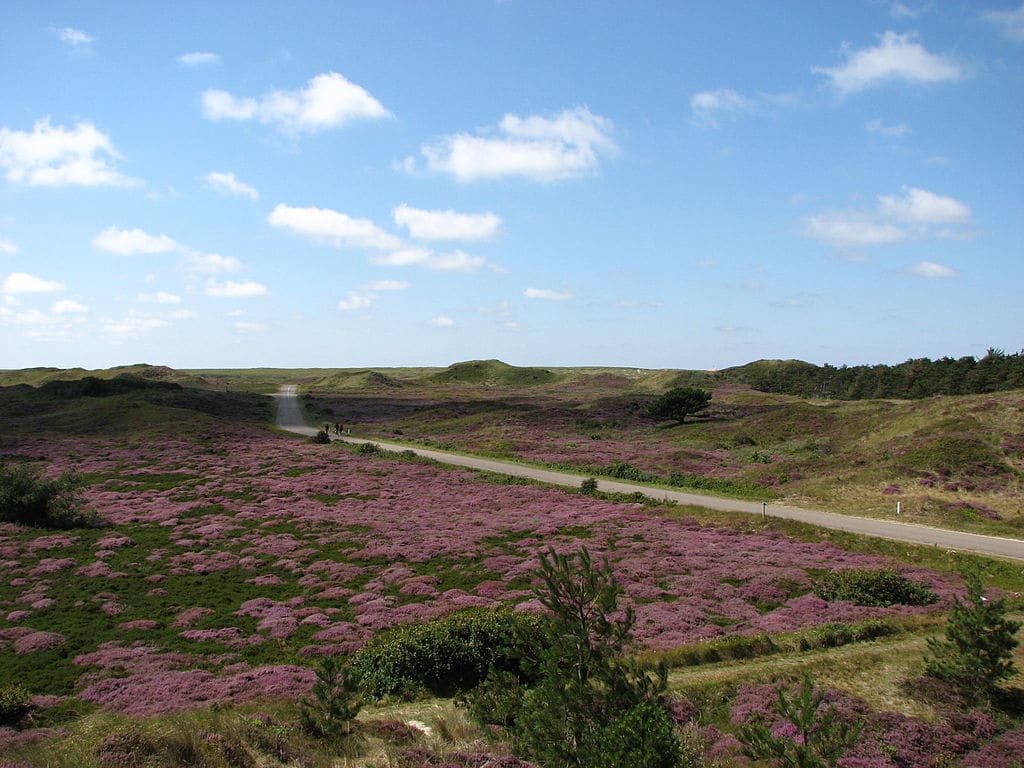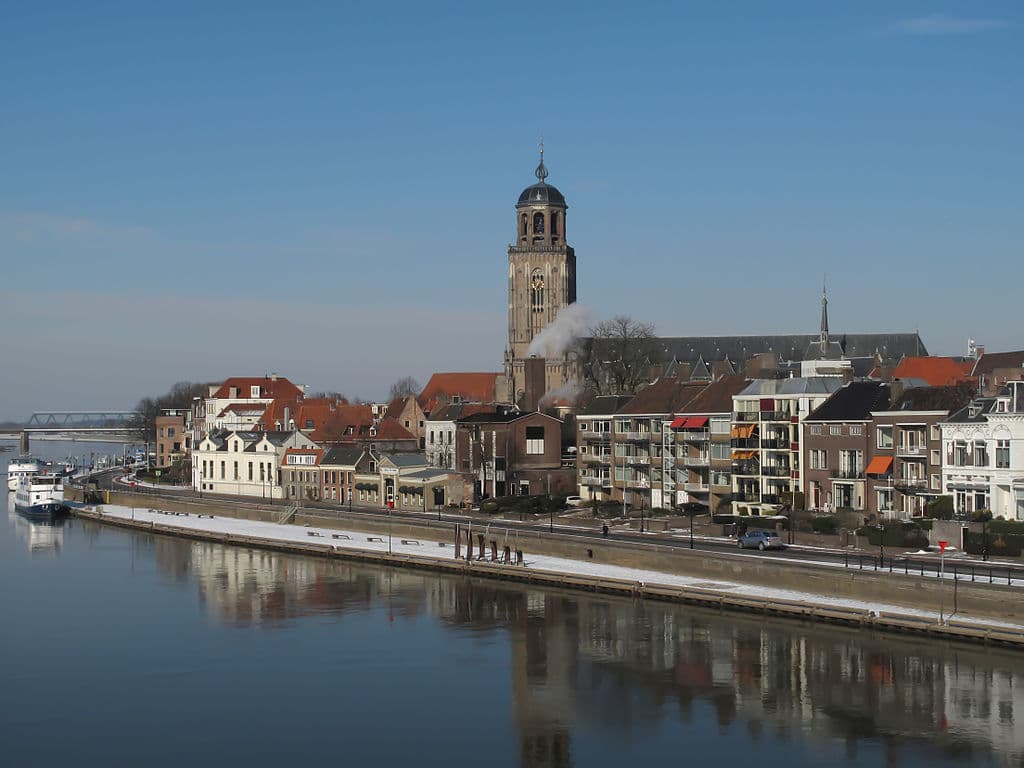
Deventer is a municipality in the Dutch province of Overijssel. It is also a city in its own right. The city of Deventer which is built along the banks of the river IJssel is a very historical city and one of the oldest in the Netherlands. There are many monuments and fine old buildings to look at as you walk through the streets. It has a population of just under 100,000, but it manages to retain a bit of it’s old world charm.
History Of Deventer

The first indication of people living near Deventer was discovered by an archaeological dig just outside the city. This indicated that the area was inhabited in the Bronze Age. The first church to be built in the area, was built by an English missionary in 768. It did not last long and was burned by marauding Saxons 4 years later. The village that was on the shores of the river did well in trade because of the nearby river crossing. Unfortunately it was also burned, this time by the Vikings.
But the town was quickly rebuilt and was fortified by means of an earth wall. The town was so successful that it was granted a charter to become a city in 956. After this the original earth wall was supplemented by stone walls, that provided for better defence. The time after this was more peaceful for the people of the new city, and thanks to its advantageous position on the river and by the harbour, trade flourished.
The city grew and prospered and carried on increasing its wealth through trade. In around the turn of the 13th century it built a Latin school, that acquired a good reputation amongst scholars and kept going in one form or another until the 1970’s. Around the late 15th century it had one of the very few printing presses of the day. At this time the city also had a mint that made coins for Deventer, Kampen and Zwolle. Around, or after 1500, Deventer joined The Hanseatic League. This helped it to gain allies for defense and more trading partners.
However between the 16th and 19th centuries, the river flow slowed and became shallow and this had a great effect on the level of trade that Deventer could conduct. Also at this time, trade was increasing in other areas of the Netherlands and this as well as the war that was fought in the middle of the 16th century, up until the mid 17th century, also played a role in the decline of the wealth of the city.
In the 1800’s Deventer was the site of many heavy industries starting up, such as an iron foundry, heavy machinery production, bicycle and can production as well as textile industries. The harbor and factory area were the scene of much devastation during the Second World War, although the old town came through the war largely unscathed. Deventer still plays host to some light industry and trade is still an important part of the economy.
Getting To And Around Deventer
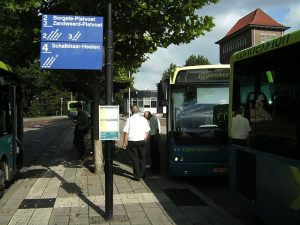
Deventer has 2 railway stations and benefits greatly from being at the intersection between 2 important railway lines. There are trains to Deventer from Amsterdam, Utrecht, Zwolle Arnhem and The Hague, Berlin and Hamburg. The journey time from Amsterdam is 1 hour and 20 mins. If you are driving then you can get the A1 motorway from Amsterdam and the E30 to Utrecht and The Hague.
Although a car is a convenient way to get to Deventer, if you are going to be traveling around the city, then it would be a good idea to get other means of transport. If you are just sightseeing around the old city, then it is just as easy to and, very often, just as quick to go by bike. If you want to travel like one of the locals then it is a good idea to travel by bicycle. They are easy to hire and also relatively cheap.
There is a very good bus service in and around Deventer. The buses are clean and reliable and the services link up well to provide a good integrated means of transport. As with other places in the Netherlands, if you are traveling by bus then it is best to get yourself an ov-chipcaart. This is a small card that you can buy from main bus and train stations. You can then pay for credit to be put onto the card and this is automatically deducts the right fare, when you travel. If you would rather travel by taxi you can find them at taxi stands in places such as the train stations, or you can order one by telephone, Deventer Taxi Central VOF +31 570 626 262 , or, Taxi 0570 Deventer +31 570 711 311 .
Tourism In Deventer
Although there is some tourism in Deventer, there is not as much as you would expect considering the architecture and interesting history of the city. This is, of course, a bonus to the traveler who does get to Deventer, as there is not the large amounts of tourists in and around the old city and the main attractions.
The Weighing House is located on the Brink Sq. It was built in the 16th century and recently restored. It also contains the city museum, which has some very interesting exhibits about the social and industrial history of the city, as well as some great paintings by Terborch and Han van Meegeren.
Shopping And Eating In Deventer
Although many of the big brands are represented in Deventer, there are also some interesting independent stores which sell everything from crafts, books, and local goods, as well as some very good delicatessens. As with many old towns, if you wander down the alleys and back streets you can often find some fascinating little shops.
There are some great places to eat in Deventer, such as Boas. Boas is a very good, though not overly formal restaurant, serving mainly French food. They also try to use as much local produce as they can. The staff are very helpful and the restaurant is a great place to eat. A Taste if Honey is a great and informal little cafe. They serve mainly home made bagels and it is a very friendly and enjoyable place to go.
Deventer is a fascinating place to go and one could well spend several days there, just wandering, exploring and taking in the atmosphere of this wonderful little city. Learn more about this city from a local: Deventer
Pictures of Deventer by night(Thanks to Roy Kersbergen):

